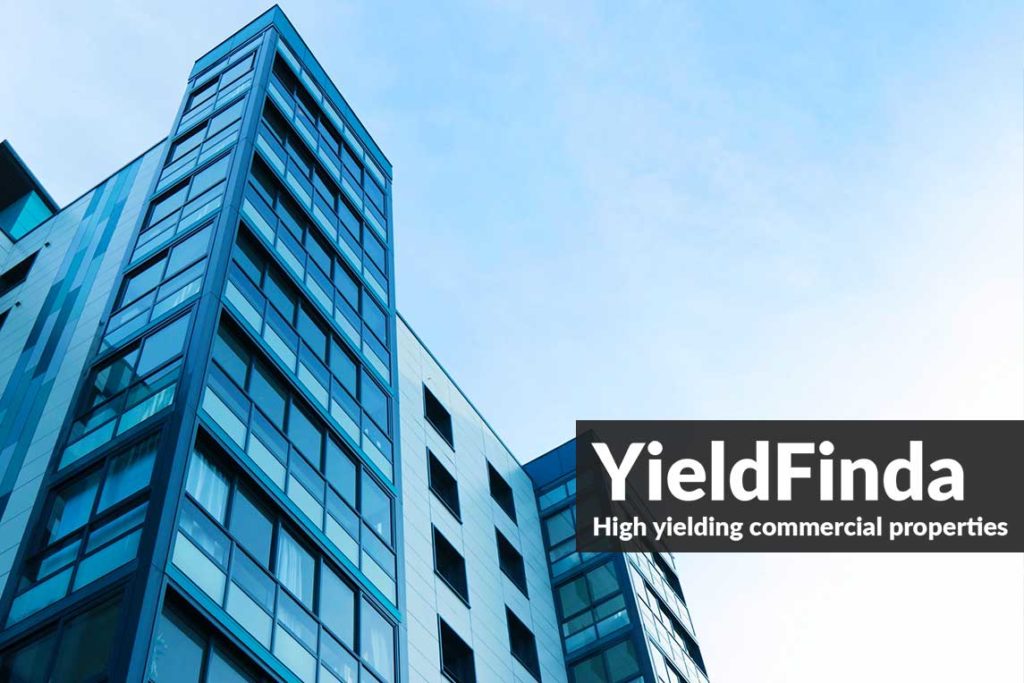There are various types of Commercial Real Estate that investors can invest in. Some people casually take commercial properties to be things like office buildings, shopping centers or even warehouses. However, when it comes to defining a commercial property in loan lending circles, one has to be precise on how a commercial Real Estate is defined. Commercial properties can be classified into 6 categories and further subdivided into classes that are familiar to investors as follows:
Types of Commercial Real Estate
Office Building
Office buildings are two major types, i.e., Suburban or urban.
Urban buildings
– They are buildings found in cities like Sydney, Berlin, London, etc. Such buildings entail skyscrapers at cities’ centers and high-rise properties at downtown areas.
Suburban buildings
– This are middle range structures with a smaller stature and an office space of nearly 80000n to 400000 sq. ft. Several midrise buildings are grouped together in suburban parks and appear like they are in a campus setting.
Even though office buildings are either single or multi-tenanted and some built-to-suit, BOMA classifies them into three tier classes.
- Class A: They are state-of-the-art buildings located exceptionally accessible areas.
- Class B: Buildings with fairly good finishes located at less desirable but fairly good locations.
- Class C: Buildings that need only functional space charging rents below average.
Retail Buildings
Such buildings accommodate restaurants and retailers that consumers frequent. Buildings are either multi-tenanted or single-use structures, and they include:
Strip Center
– small retail properties that either have or lack anchor tenants. Anchor tenants are lead tenants who draw customer traffics towards the property. Some known anchor tenants are Home Depot, Wal-Mart, and Home Depot. Strip centers contain several small retail stores such as dry cleaners, Chinese restaurants, etc.
Community retail centers:
Such retail centers range around 150000 to 350000 sq.ft. Community centers accommodate multiple anchor centers like drug stores, grocery, etc.
Power Centers:
Such retails stores have few big box retailers (like Best Buy, Staples, Wal-Mart) that occupy 30,000 to 200,000 sq.ft. space together with several other small inline retail stores.
Regional Mall:
Malls occupy 400,000 to 2,000,000 sq.ft. space. Each mall may have several anchor tenants like big box retailers or departmental stores.
Industrial Buildings
Industrial buildings are located in urban areas near major transportation channels. Warehouses accommodate a variety of tenants undertaking industrial operations and are sometimes grouped into industrial parks. These properties are categorized as:
Heavy manufacturing:
Buildings are heavily customized properties that accommodate end-user machines which large manufacturers use in goods and services production.
Light Assembly:
Easily reconfigurable and simpler buildings compared to heavy manufacturing buildings. Such are utilizable for storage or product assembly.
Flex warehouse:
An industrial building that is easily convertible and entails a mix of industrial space and office space.
Bulk Warehouse:
Very large properties ranging from 50,000 to 1,000,000 sq.ft., that are used as regional distributional centers.
Multifamily
Multifamily buildings are all residential real estate types that are not a single family. They are:
Garden Apartments:
3 to 4 story apartments containing 50 to 400 units arranged in a gardenlike setting located in urban or suburban areas that have surface parking and no elevators.
High-rise Apartments:
Buildings containing over 8 floors with over 100 units that have elevators and commonly situated in large markets urban areas.
Midrise Apartments:
5-9 story properties found in urban areas containing 30-110 units that have elevator service.
Manufactured housing community:
Community buildings with ground site leased to manufactured homes owners.
Walk-up:
4-6 story buildings that possess no elevator services.
Hotels
These are Establishments that offer tourists and travelers meals and accommodation services. Hotel categories include:
Full-service hotels:
On-site restaurants and room service hotels located in tourist areas and central business districts.
Limited service hotels:
Smaller hotels that lack amenities like on-site restaurant, room service or conventional space.
Extended stay hotels:
Larger rooms hotels with guest rooms and fully equipped kitchens that people can stay longer than a week.
Resort:
Fully serviced hotels that occupy large amounts of land and contain water parks, amusement facilities, and golf courses.
Boutique:
Hotels with fewer rooms located in the resort or urban locations that contain full-service amenities but are not in the national chain.
Special Purpose
Commercial properties that investors construct and own, but there are not categorized in any of the categories mentioned above. Examples entail bowling alleys, self-storage, self-storage, amusement parks, nursing homes, car washes and marinas.

